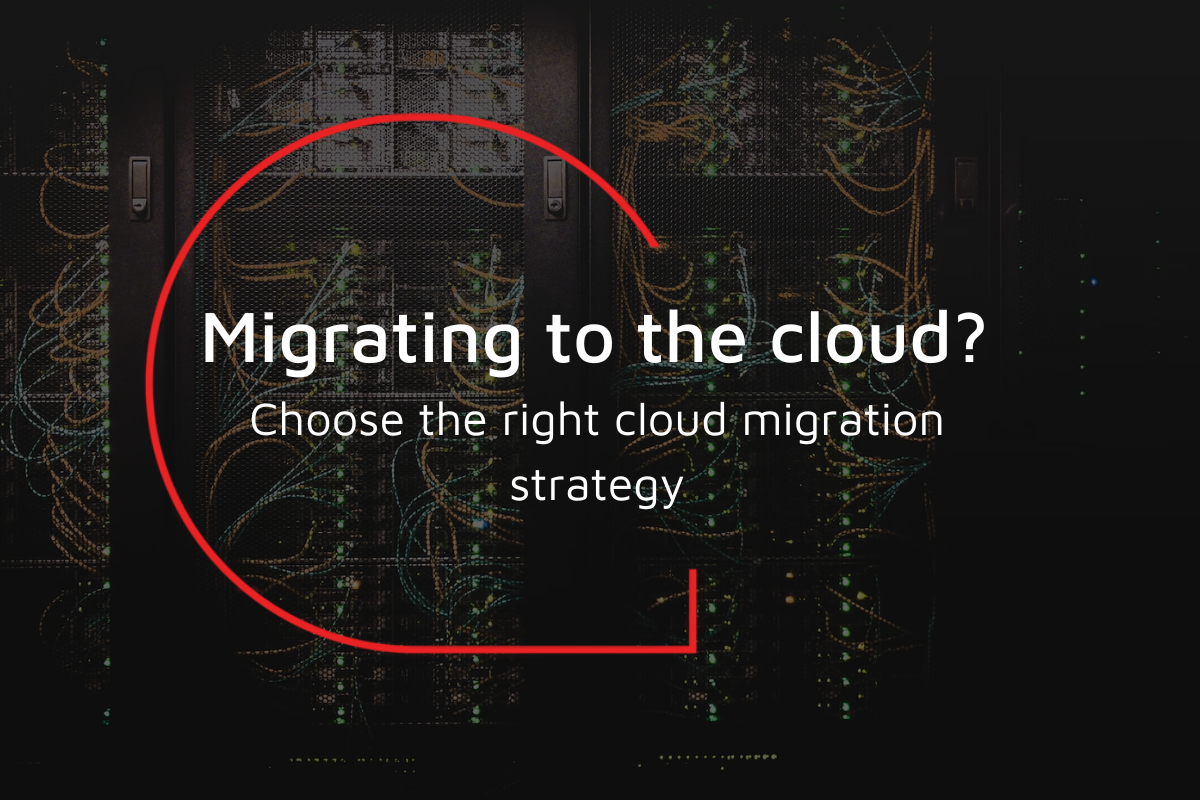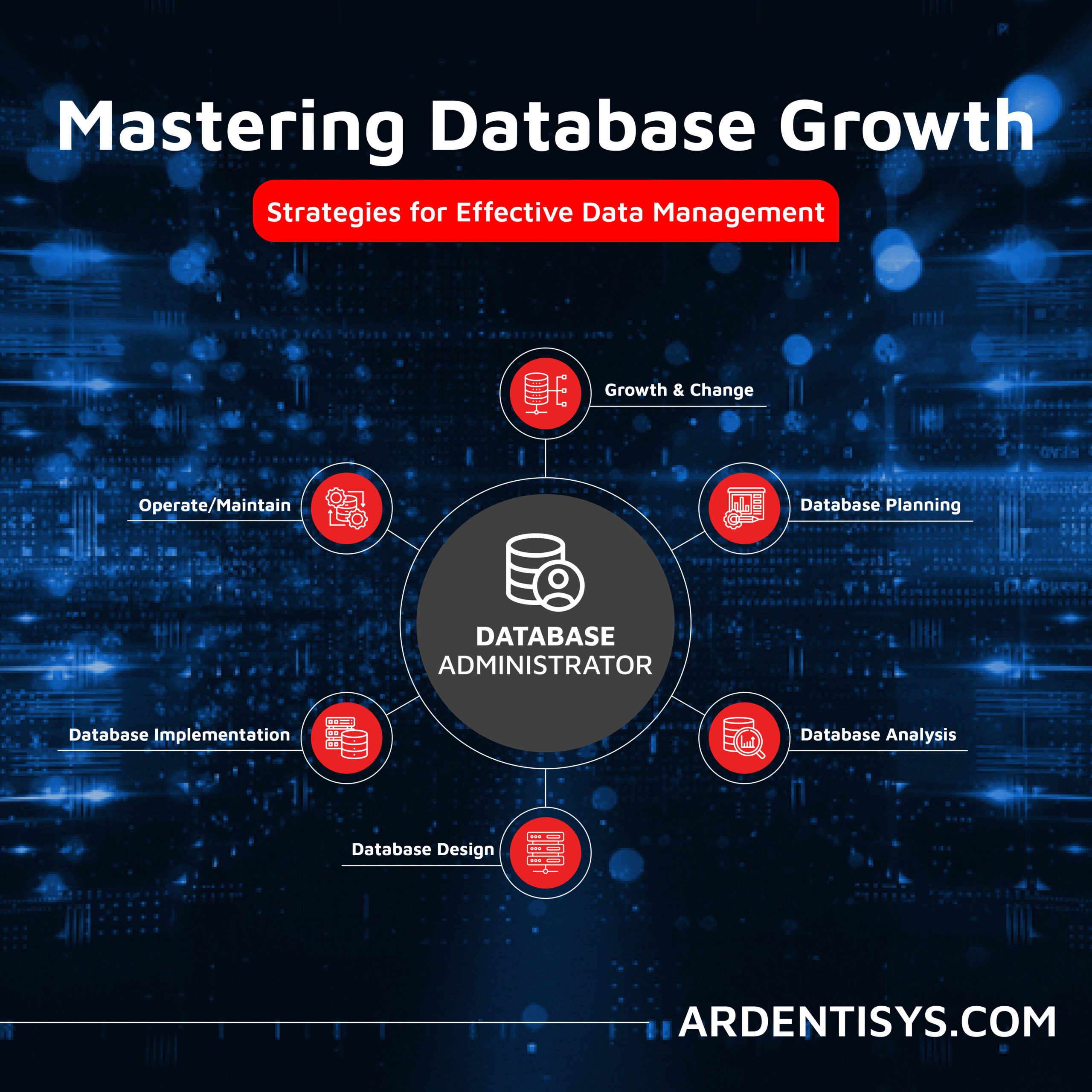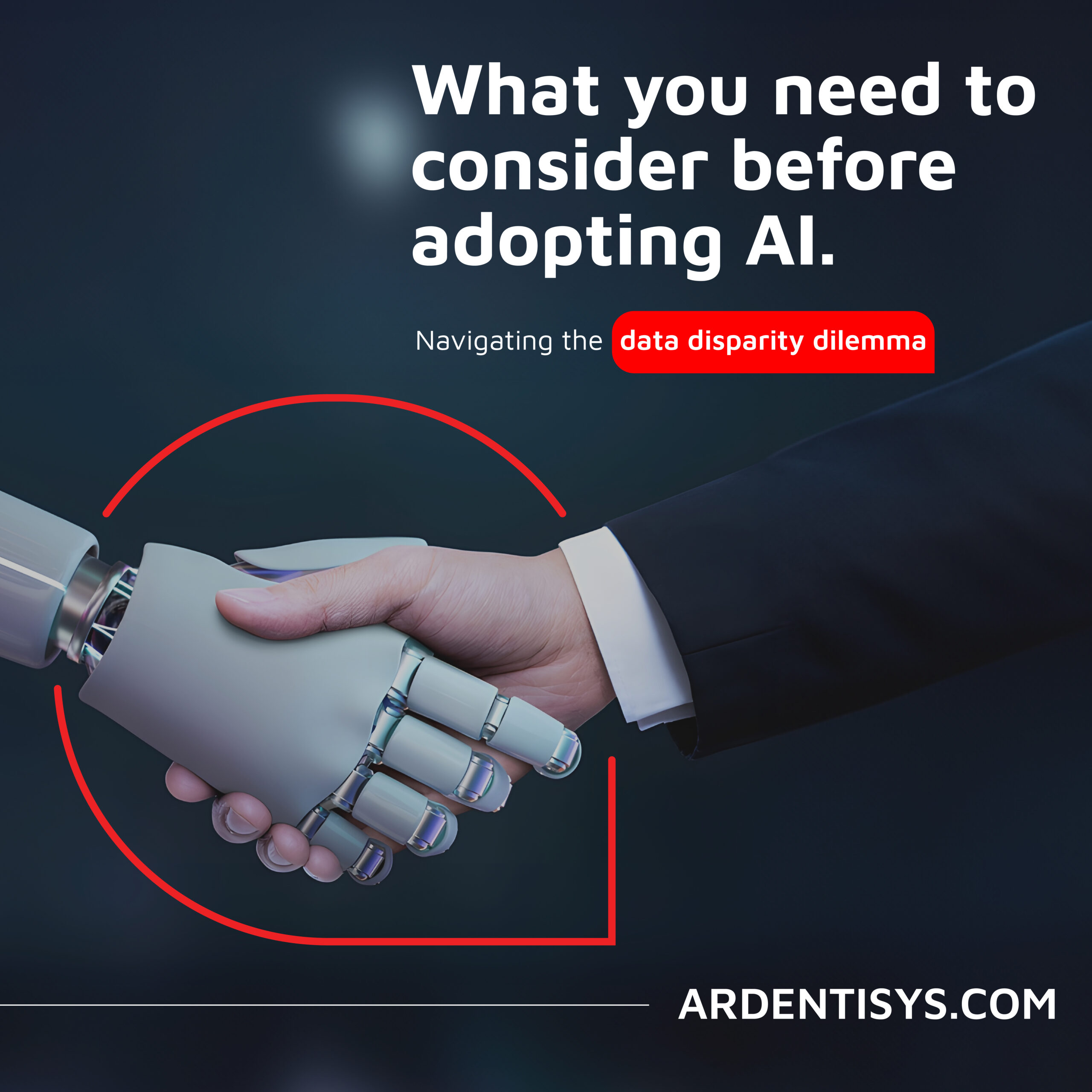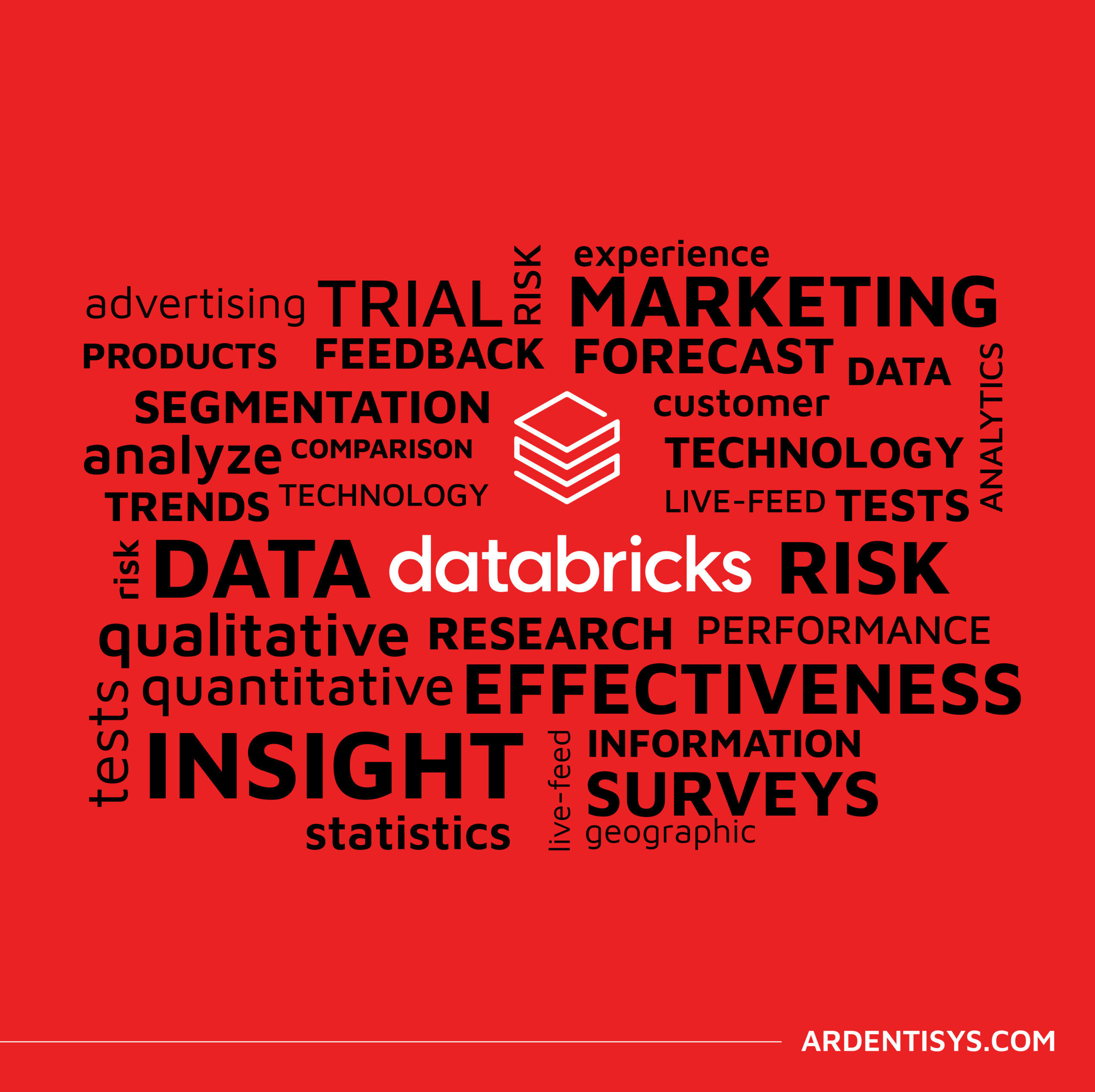Migrating to the cloud? Choose the right cloud migration strategy
31 January 2023 | Noor Khan

Forbes found that cloud solutions achieve a 4.01 high ROI compared to on-premise solutions, making the business case for adopting the cloud irrefutable. This statistic alone offers a great incentive for businesses to migrate to the cloud. The cloud can help businesses become agile, improve the performance of their data and easily scale up and down without hefty price tags.
When it comes to migrating to the cloud, there are 6 commonly used strategies. In this article, we will look at the different 6 R’s of cloud migration so you can choose the one that is right for your organisation and data.
Rehosting
Rehosting the cloud migration strategy process refers to taking the application, data and infrastructure from one location and moving them to the cloud. Although, it is a simple and effective method it can have some drawbacks. With approach businesses may not be able to fully leverage the power of the cloud on a long-term basis, however, can benefit from improved performance. The pros and cons of rehosting cloud migration are:
Pros:
- Cost-effective
- Simple, and relatively easy to do
- Quick process
- Avoid typical on-server challenges
- Handle peaks seasons without investing in costly hardware
Cons:
- Limitation of flexibility
- May not be cost-effective in the long run
- Does not offer optimisation and scalability
Replatforming
The platforming cloud migration is the next level up from rehosting where you make some minor changes and adjustments to the cloud environment to better improve the performance of the systems and data. However, another you will find is scaling up and down and leveraging other key benefits of the cloud, without fully optimising your system to the cloud. It is cost-effective in its initial phase as it does not require significant time and resources. Some pros and cons of the real platform cloud migration strategy are:
Pros:
- Quick Migration
- Only a small level of adjustments required
- Cost-effective
- Increase performance
- May offer better value than rehosting
Cons:
- Limiting scalability and flexibility
- May be costly in the long run
Repurchasing
The repurchasing cloud migration strategy with by purchasing a new cloud-native product or service, one of the most commonly used examples of repurchasing is businesses investing in a cloud-based CRM system. There are many benefits on offer with some challenges and they are as follows:
Pros:
- Ability to work on the go
- Improve accessibility
- Enhance productivity
- Better customer service
Cons:
- Losing a sense of familiarity
- Hesitance to the adoption of technology by teams
Refactoring
Refactoring cloud migration, which is also known as rearchitecting involves creating and developing the entire infrastructure in the cloud. This can be a lengthy and costly process, however, it will present better ROI opportunities with businesses being able to become future-proof and easily adapt to change.
Pros:
- Scalable
- Future proof
- Leverage full use of cloud
- Become agile
Cons:
- Can be costly
- Time-consuming
- May require outsourcing
Retaining
The retain cloud migration strategy also referred to as a hybrid approach to cloud migration is keeping some of your legacy systems as they are and migrating others to the cloud. This is suitable for businesses that may want to keep their systems for security purposes or compliance purposes.
Pros:
- The best of both worlds
- Can be cost-effective
- Offers scalability
Cons:
- You are not able to fully make use of the cloud
- Can be costly to retain legacy systems which may be outdated
Retiring
When it comes to migrating to the cloud, you will likely carry out an audit of your existing systems, apps and infrastructure. You may find that some of your systems are redundant or no longer serve a purpose, which makes the case for retiring cloud migration. This is the process of retiring systems that are no longer required so you can remove them from your ecosystem entirely or archive them for a later date. Some pros and cons to consider:
Pros:
- Optimise storage and memory
- Simplify your cloud computing
Cons:
- You may find that you still require those components
- Only suitable for organisations with redundant systems
Moving to the cloud offers invaluable benefits including:
- Reducing costs with storage, improved productivity and maintenance and upgrades
- Improving business agility with the ability to adapt to change quickly
- Significantly improving performance
- Improve security with robust measures in place
- Flexibility with accessibility
- Scalability with the capability to scale up or down
Read the full article on what you need to know about cloud migration.
Choosing the right cloud migration strategy for you
Choosing the right cloud migration can be a daunting prospect, especially if you deal with multiple legacy systems. There are some factors to consider which can help you decide and they are; auditing your existing system to ensure you are migrating only those that offer value, how much time you have to migrate your systems, what is the core objective for migrating your data, your budget and whether you have the resources to carry it out in-house or if you will be outsourcing your project.
Migrating to the cloud with Ardent
Migrating to the cloud can be a lengthy and challenging process so you need the right team and expert skills to execute your cloud data migration effectively. Ardent highly skilled data engineers have delivered many data migration solutions over 15 years and can do the same for you. If you are looking to outsource your data migration to a company that is credible, reliable and has a proven track record of success, consider Ardent as your ideal partner. Get in touch to find out more or to get started on unlocking the potential of your data.
Ardent Insights

Overcoming Data Administration Challenges, and Strategies for Effective Data Management
Businesses face significant challenges to continuously manage and optimise their databases, extract valuable information from them, and then to share and report the insights gained from ongoing analysis of the data. As data continues to grow exponentially, they must address key issues to unlock the full potential of their data asset across the whole business. [...]
Read More... from Migrating to the cloud? Choose the right cloud migration strategy

Are you considering AI adoption? We summarise our learnings, do’s and don’ts from our engagements with leading clients.
How Ardent can help you prepare your data for AI success Data is at the core of any business striving to adopt AI. It has become the lifeblood of enterprises, powering insights and innovations that drive better decision making and competitive advantages. As the amount of data generated proliferates across many sectors, the allure of [...]
Read More... from Migrating to the cloud? Choose the right cloud migration strategy

Why the Market Research sector is taking note of Databricks Data Lakehouse.
Overcoming Market Research Challenges For Market Research agencies, Organisations and Brands exploring insights across markets and customers, the traditional research model of bidding for a blend of large-scale qualitative and quantitative data collection processes is losing appeal to a more value-driven, granular, real-time targeted approach to understanding consumer behaviour, more regular insights engagement and more [...]
Read More... from Migrating to the cloud? Choose the right cloud migration strategy






